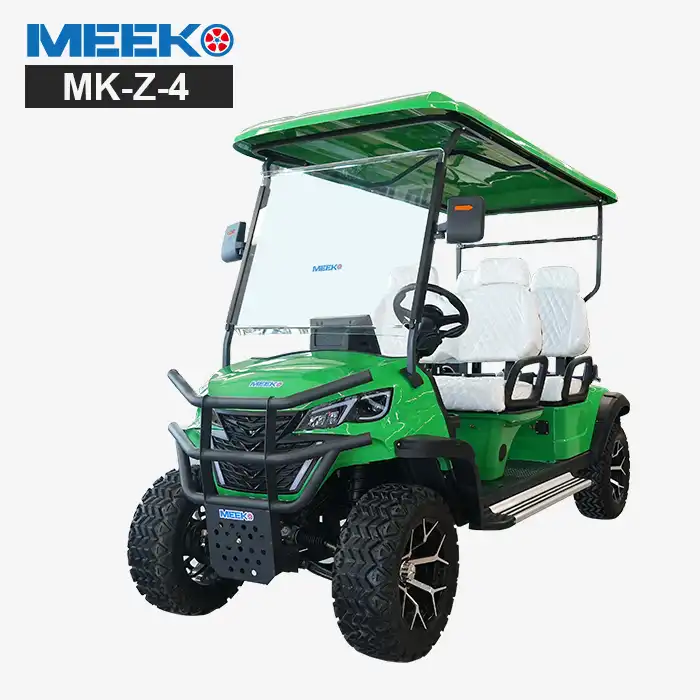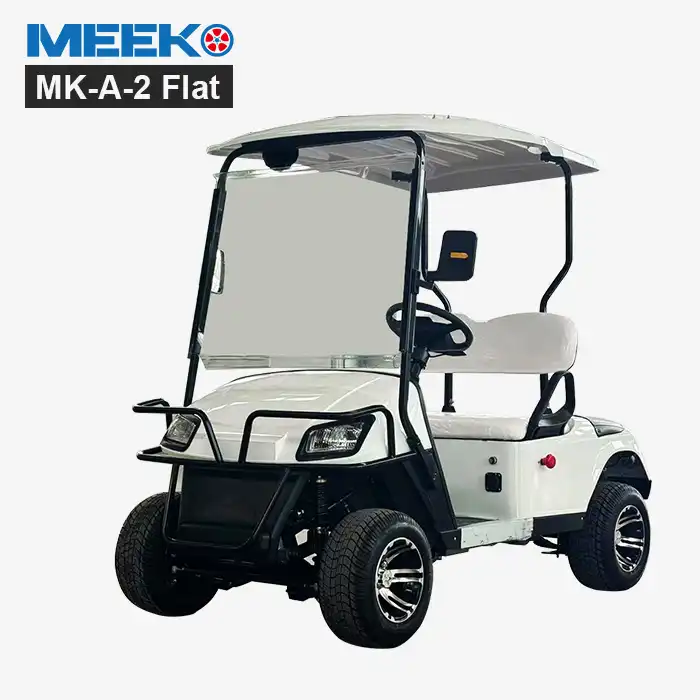- English
- French
- German
- Portuguese
- Spanish
- Russian
- Japanese
- Korean
- Arabic
- Greek
- German
- Turkish
- Italian
- Danish
- Romanian
- Indonesian
- Czech
- Afrikaans
- Swedish
- Polish
- Basque
- Catalan
- Esperanto
- Hindi
- Lao
- Albanian
- Amharic
- Armenian
- Azerbaijani
- Belarusian
- Bengali
- Bosnian
- Bulgarian
- Cebuano
- Chichewa
- Corsican
- Croatian
- Dutch
- Estonian
- Filipino
- Finnish
- Frisian
- Galician
- Georgian
- Gujarati
- Haitian
- Hausa
- Hawaiian
- Hebrew
- Hmong
- Hungarian
- Icelandic
- Igbo
- Javanese
- Kannada
- Kazakh
- Khmer
- Kurdish
- Kyrgyz
- Latin
- Latvian
- Lithuanian
- Luxembou..
- Macedonian
- Malagasy
- Malay
- Malayalam
- Maltese
- Maori
- Marathi
- Mongolian
- Burmese
- Nepali
- Norwegian
- Pashto
- Persian
- Punjabi
- Serbian
- Sesotho
- Sinhala
- Slovak
- Slovenian
- Somali
- Samoan
- Scots Gaelic
- Shona
- Sindhi
- Sundanese
- Swahili
- Tajik
- Tamil
- Telugu
- Thai
- Ukrainian
- Urdu
- Uzbek
- Vietnamese
- Welsh
- Xhosa
- Yiddish
- Yoruba
- Zulu
What Is the Life Expectancy of an Electric Golf Cart?
Electric golf carts are a convenient and eco-friendly mode of transportation, widely used in golf courses, resorts, gated communities, and even urban settings. A common question among buyers and owners is: How long do electric golf carts last? The lifespan of an electric golf cart depends on several factors, including battery type, maintenance habits, usage frequency, and environmental conditions. On average, a well-maintained electric golf cart can last 10 to 20 years, with batteries needing replacement every 4 to 6 years.
How Long Do Electric Golf Cart Batteries Last?
The battery is one of the most critical components of an electric golf cart, directly impacting its performance and lifespan. Most electric golf carts use lead-acid or lithium-ion batteries, each with different lifespans:
-
Lead-Acid Batteries: Typically last 4 to 6 years with proper maintenance.
-
Lithium-Ion Batteries: Can last 8 to 10 years or more due to higher efficiency and lower degradation.
Factors Affecting Battery Life:
-
Charging Habits: Overcharging or deep discharging reduces battery life.
-
Maintenance: Regular water refilling (for lead-acid) and terminal cleaning are essential.
-
Usage Frequency: Frequent short trips with partial charges degrade batteries faster.
-
Temperature: Extreme heat or cold affects battery performance.
Extending Battery Life:
-
Use a smart charger to prevent overcharging.
-
Store the cart in a temperature-controlled environment.
-
Perform equalization charges (for lead-acid batteries) periodically.
What Maintenance Is Required for an Electric Golf Cart?
Proper maintenance significantly extends the lifespan of an electric golf cart. Here’s a breakdown of essential upkeep tasks:
Regular Maintenance Checklist:
-
Battery Care: Check water levels (for lead-acid), clean terminals, and ensure proper charging.
-
Tire Pressure: Underinflated tires increase motor strain and reduce efficiency.
-
Brake Inspection: Worn brakes can lead to safety hazards and motor stress.
-
Motor & Wiring Check: Look for corrosion or loose connections.
-
Lubrication: Moving parts (bearings, suspension) should be greased periodically.
Seasonal Maintenance Tips:
-
Winter Storage: Keep batteries charged and store in a dry place.
-
Summer Use: Avoid overexertion in extreme heat to prevent motor overheating.
Neglecting maintenance can shorten the cart’s lifespan by 30-50%, making routine checks crucial.
How Does Usage Frequency Affect an Electric Golf Cart’s Lifespan?
The more frequently a golf cart is used, the faster its components wear out. However, moderate, consistent use is better than long periods of inactivity.
Impact of Different Usage Patterns:
-
Daily Use (Golf Courses/Commercial):
-
Batteries may need replacement every 3-4 years.
-
Motors and controllers wear out faster due to constant operation.
-
-
Occasional Use (Residential/Recreational):
-
Lasts 15-20 years with proper care.
-
Risk of battery sulfation if left uncharged for months.
-
Best Practices for Longevity:
-
Avoid overloading the cart beyond its weight capacity.
-
Use the cart at least once a week to keep batteries active.
-
Alternate between multiple carts if used commercially to reduce wear.
Can You Upgrade an Old Electric Golf Cart to Last Longer?
Yes! Upgrading key components can breathe new life into an aging golf cart.
Common Upgrades to Extend Lifespan:
-
Battery Replacement: Switching to lithium-ion can add 5+ years of life.
-
High-Efficiency Motor: Reduces strain and improves performance.
-
Modern Controller: Enhances speed and battery management.
-
Suspension & Tire Upgrades: Improves ride quality and reduces wear.
Cost vs. Benefit Analysis:
| Upgrade | Cost | Expected Lifespan Increase |
|---|---|---|
| Lithium Batteries | $1,500-$3,000 | 5-8 years |
| New Motor | $400-$1,200 | 3-5 years |
| Controller | $200-$600 | 2-4 years |
For carts older than 10 years, a full upgrade may cost $2,000-$5,000, but it’s often cheaper than buying new.
5. What Are the Signs That an Electric Golf Cart Needs Replacement?
Even with maintenance, golf carts eventually wear out. Here’s how to know when it’s time for a replacement:
Key Warning Signs:
-
Frequent Battery Failures: If new batteries die within 1-2 years, the cart’s electrical system may be failing.
-
Motor Overheating: Excessive heat indicates internal wear.
-
Unusual Noises: Grinding or squeaking suggests bearing or gear damage.
-
Reduced Speed/Range: A drop in performance signals motor or battery decline.
When to Repair vs. Replace:
-
Repair if: The cart is under 10 years old and issues are minor (e.g., single battery failure).
-
Replace if: The cart is 15+ years old and requires costly motor/controller replacements.
Conclusion
The life expectancy of an electric golf cart ranges from 10 to 20 years, depending on maintenance, usage, and upgrades. By following proper care routines, monitoring battery health, and considering strategic upgrades, owners can maximize their cart’s lifespan. Whether for golfing, commuting, or recreational use, a well-maintained electric golf cart remains a reliable and cost-effective vehicle for years. If you want to learn more information about this product, you can Contact us at sales@mingkomach.com!
References:
-
Battery University – "How to Prolong Lead-Acid Batteries"
-
Golf Cart Resource – "Electric Golf Cart Maintenance Guide"
-
EZGO Official Manual – "Battery Care & Best Practices"
-
LithiumHub – "Benefits of Lithium-Ion Golf Cart Batteries"
-
Consumer Reports – "When to Replace Your Golf Cart"
-
Trojan Battery Company – "Deep-Cycle Battery Lifespan"
-
Golf Cart Tire Supply – "Tire Maintenance for Longer Cart Life"
-
Club Car – "Electric Motor Longevity Factors"
-
Renogy – "Temperature Effects on Golf Cart Batteries"
-
NADA Guides – "Golf Cart Depreciation & Value Retention"
Learn about our latest products and discounts through SMS or email



